Marco Zanini goes it alone: a phone interview from Milan
Italian-Swedish fashion designer explains his next move, made with care
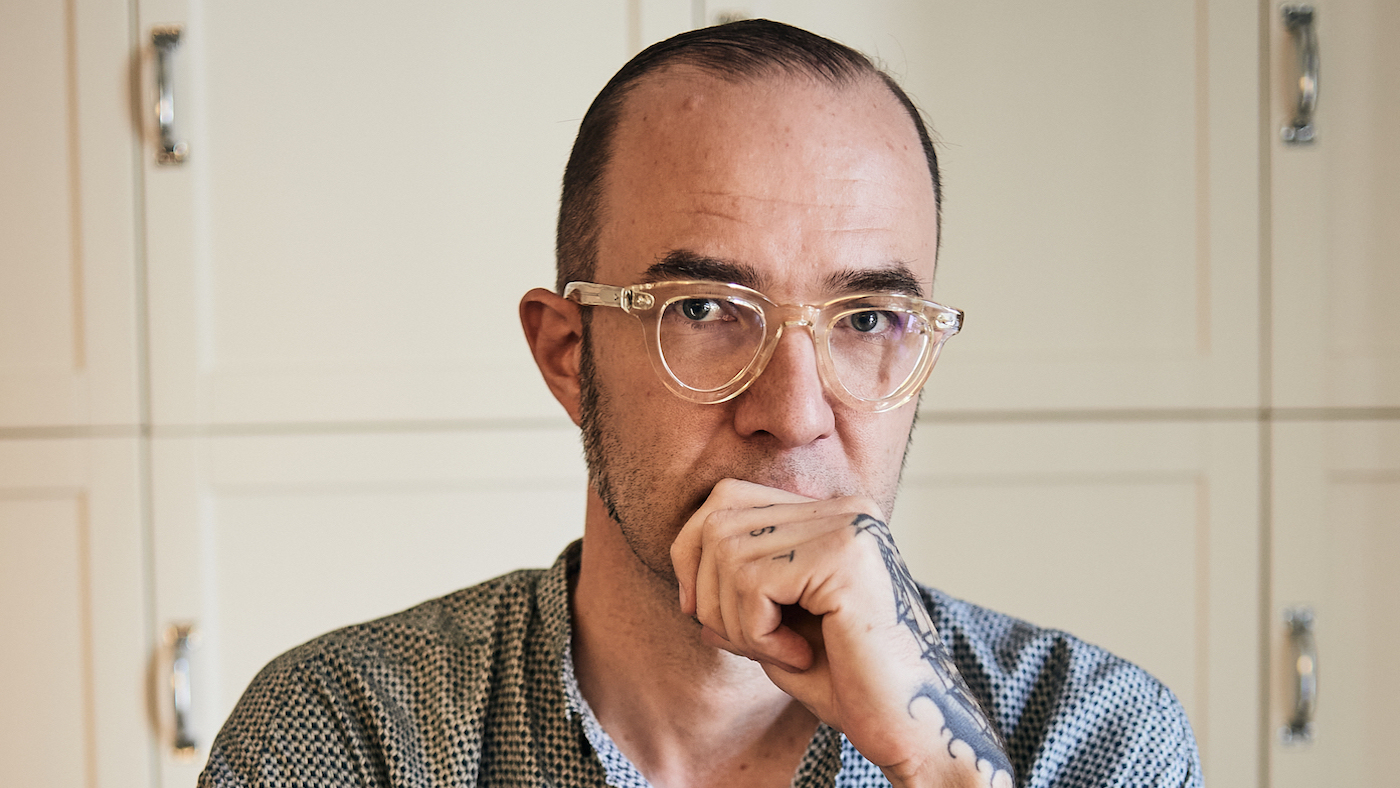
“What I am trying to do,” says Marco Zanini via video call from Milan, “is almost like doing a self-portrait”. And while this statement may at first suggest his use of pens, paper and paints, Zanini’s toolkit is somewhat different. It is at his Milan home, an art-and books-filled apartment that has since the 2019 setting-up of his “little business” moonlighted as design studio, press office and showroom, that Zanini has made cotton poplins, washed silks and British wool his mediums of choice. These, the Italian-Swedish designer uses to evolve his offering, much like a painter gradually completing a canvas. “I work with subtle elements – new fabrics, new colours – but in the same kind of palette, season after season,” Zanini explains.
For this spring, biscuit-tone dresses are cut loosely, feature balloon sleeves and are fashioned in Italy from a cotton and silk blend; come fall, Zanini suggests pale sweaters knitted by hand from Yak wool (a yarn prized for its superior softness), worn best with his French silk jacquard pants, their cloth woven with a floral motif that is exclusive to the fledgling fashion house. Flowers also feature on a stand-collar blouse; here, petals, stems and buds are embroidered tonally by master artisans working in north-eastern Switzerland.
Several designs are finished in cashmere (a Zanini calling card) and some are double-faced. “I like fabrics a lot,” he says. “And I like special fabrics, and cashmere is one of them. I use a lot of cashmere because it has a very noble quality to it that gives you a very special feeling.”
The Week
Escape your echo chamber. Get the facts behind the news, plus analysis from multiple perspectives.

Sign up for The Week's Free Newsletters
From our morning news briefing to a weekly Good News Newsletter, get the best of The Week delivered directly to your inbox.
From our morning news briefing to a weekly Good News Newsletter, get the best of The Week delivered directly to your inbox.
Sensibility is something of a leitmotif at Zanini’s. It applies to the materials he works with, selected for their tactile qualities, and his design process, which is instinctual. “Here, I work with my guts, without contextualising too much,” he explains his approach, which places actual products above detailed design narrative. “I am my own boss and I just do things by instinct. With this project, everything feels very different to what I was used to.”
Born and raised in Milan, Zanini is an alumnus of the local Nuova Accademia di Belle Arti. Upon graduating in 2005, he set about honing his skills with a slew of roles at fashion houses, among them Lawrence Steele and Versace, where Zanini remained for nine years and worked in both the brand’s ready to wear and couture ateliers. Next, he crossed the Atlantic to oversee the revival of Manhattan brand Halston, before moving to Paris and joining Rochas in 2008 as its artistic director. Then, in the autumn of 2013 he was appointed to the top post at fashion history-making couture house Schiaparelli.
“I like things to be done slowly, because when you run you can easily fall. And I don’t want to fall with this project,” he says of his latest career move, which followed in the footsteps of a team-up with Italian expert maker Santoni. Self-founded, the independent label made its original debut with a fall/winter 2019 collection, presented during Milan Fashion Week.
Limited in looks, collections are the work of just one designer – Zanini himself – and he is also in charge of the day-to-day running of the enterprise. “The facets of this approach are so very many,” he says of his situation, which counts just one other member of the team. “I work from my apartment, I sell the collection from here, I do my meetings and appointments. It’s like a homemade meal that I prepare every season.”
A free daily email with the biggest news stories of the day – and the best features from TheWeek.com
And while fabrics and fabrications are paramount to appreciating Zanini’s work, last year the designer had to redraft his plans. As factories across Italy remained shut, Zanini was unable to produce a sample collection of garments to present to his retail partners, among them Matches Fashion, Japan’s Arts & Science and Tiina the Store in Amagansett, New York. Photoshoots too were suddenly impossible. Instead, Zanini put pen to paper. “I guess I like to test the loyalty of my clients, because I just sent them my sketches and swatches of fabrics,” he recalls. “I did my collection on paper, and I sold it from sketches.”
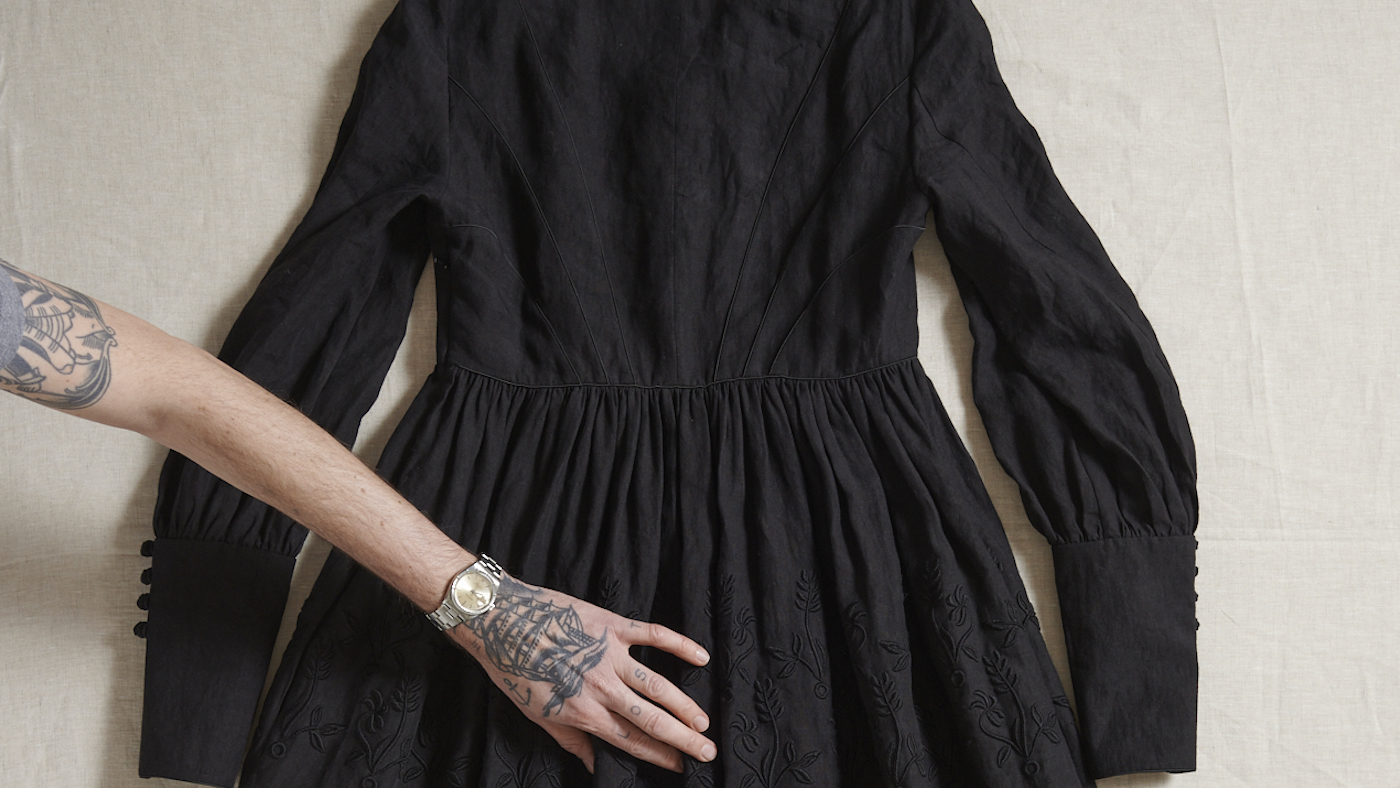
His latest collection, 28 looks set to be in store for fall, has also been captured on camera for a two-volume publication. Zanini has long had a thing for printed pages: growing up, he saved up his pocket money to splurge on fashion magazines. “It was about escapism,” he analysed. “Every other page brought me somewhere else, in my bedroom.”
In the real world, he soon set off on pilgrimages to Milan’s boutiques. Last spring, when interviewing Carla Sozzani in Milan, the editor turned concept store owner told me that a teenage Zanini and his sister were among the first customers at her 10 Corso Como boutique. “As a teenager, I wanted to really dress up and find my way of being by the things that I was wearing,” he says. “I was a nerdy kind of loner teenager so to me fashion was also my playground in a way, to assert myself. To understand who I was in front of others, to make myself possibly different from other people that I met at school, that I did not like and that probably did not like me either. So, I understand how powerful the tool of fashion is, to design your own persona.”
In coming months, Zanini is most likely to be spotted wearing one of his collection’s blanket coats – made from double-face felted cashmere and fitted with exquisite mother of pearl buttons – or any number of cotton shirts. “Finally, I can wear something I designed,” he says of his FW21 wardrobe. It was during the collection’s initial development that he first trialled womenswear samples on a male model, spurred on by customer feedback. “A lot of what I do is inspired by menswear, for women. Apparently, some of my stuff is also sold to male clients,” he explains. “So, out of curiosity, I wanted to challenge myself and to see how some of the things I designed for the collection could look on a boy. And they looked good.”
-
 How to financially prepare for divorce
How to financially prepare for divorceThe Explainer Facing ‘irreconcilable differences’ does not have to be financially devastating
-
 Why it’s important to shop around for a mortgage and what to look for
Why it’s important to shop around for a mortgage and what to look forThe Explainer You can save big by comparing different mortgage offers
-
 4 ways to save on rising health care costs
4 ways to save on rising health care costsThe Explainer Health care expenses are part of an overall increase in the cost of living for Americans
-
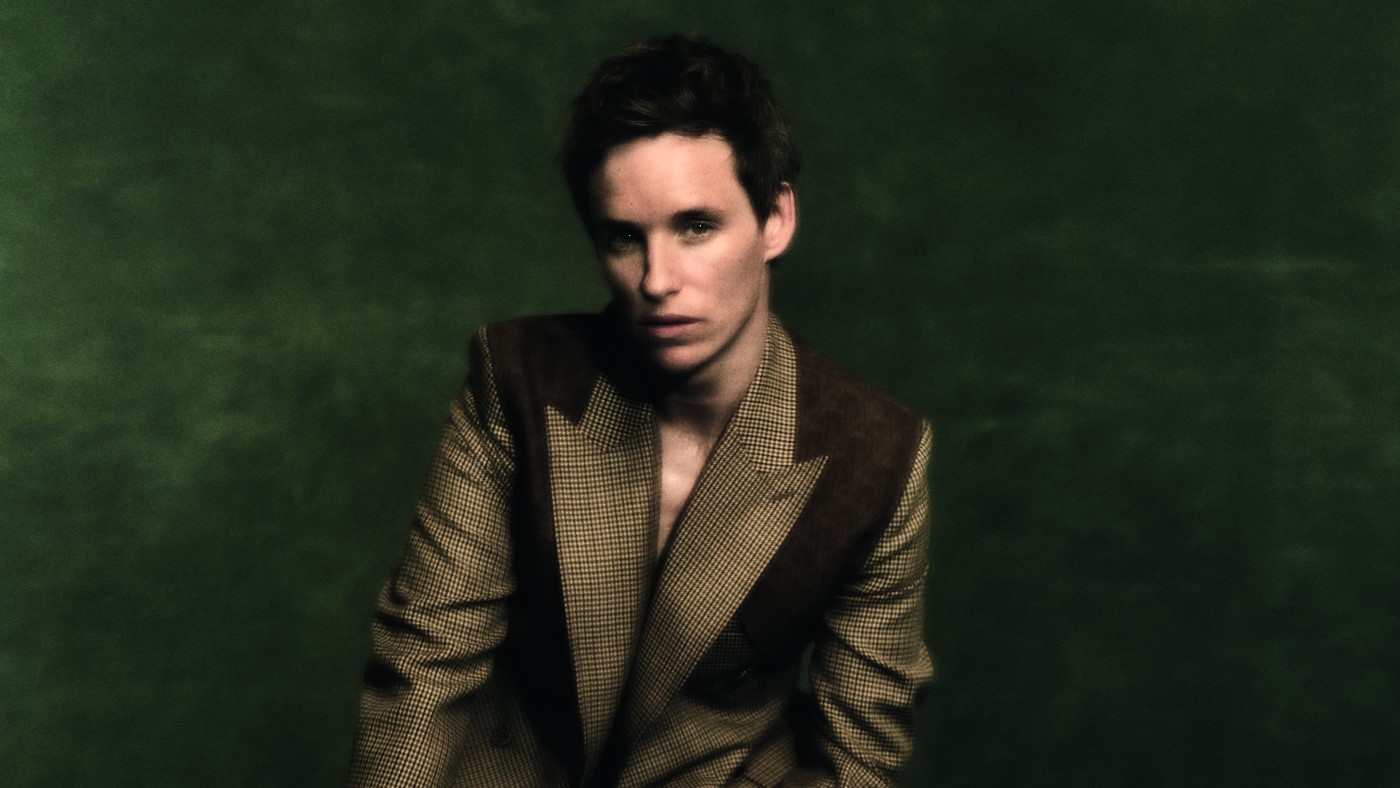 The many faces of Eddie Redmayne
The many faces of Eddie Redmaynefeature Costume is just one of the ways the Oscar-winning actor gets into character
-
 Getting dressed with Ryan Gosling
Getting dressed with Ryan Goslingfeature In an exclusive interview, the Canadian actor talks clothes, costumes and watches
-
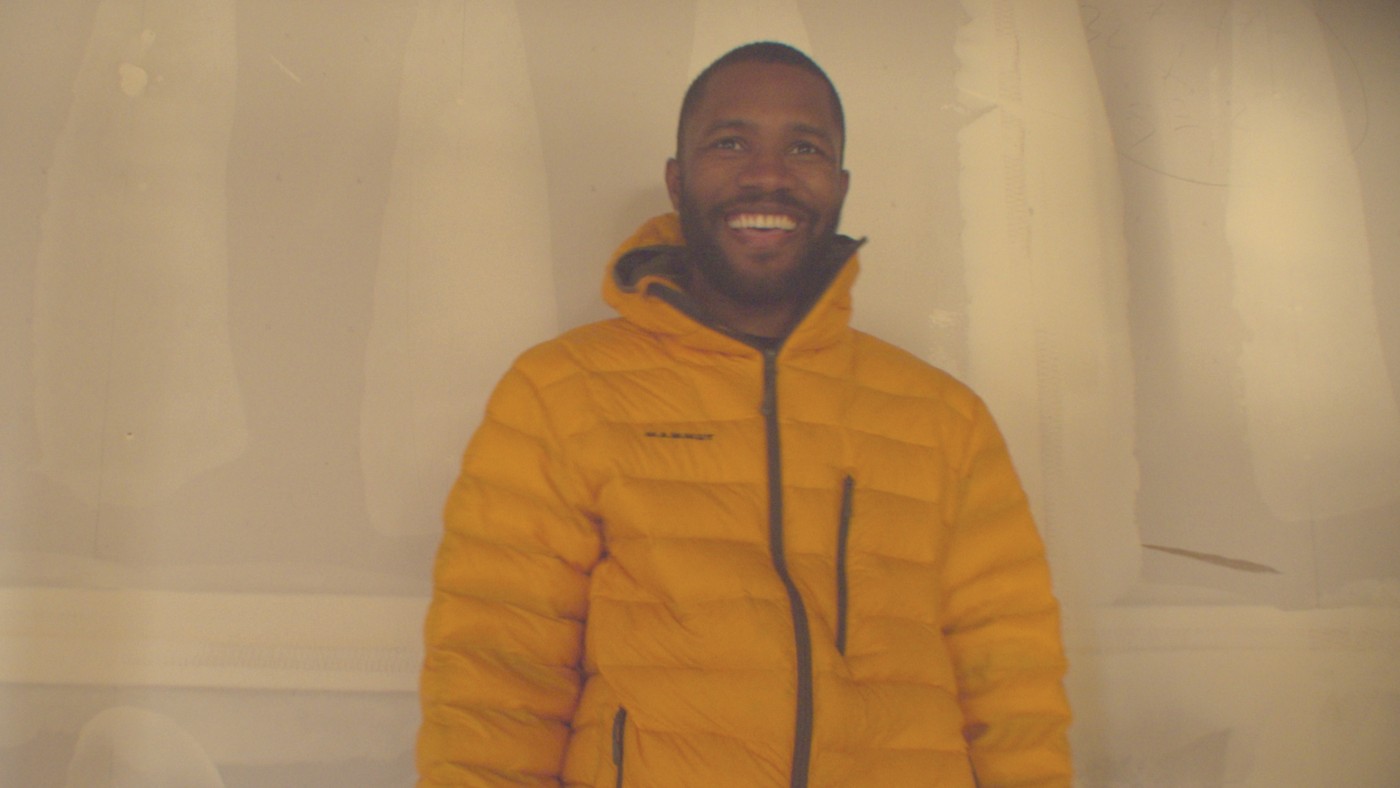 Frank Ocean speaks jewellery: ‘there are few jewellers who look like me’
Frank Ocean speaks jewellery: ‘there are few jewellers who look like me’feature In a rare interview, the American charts the rise of his luxury brand Homer
-
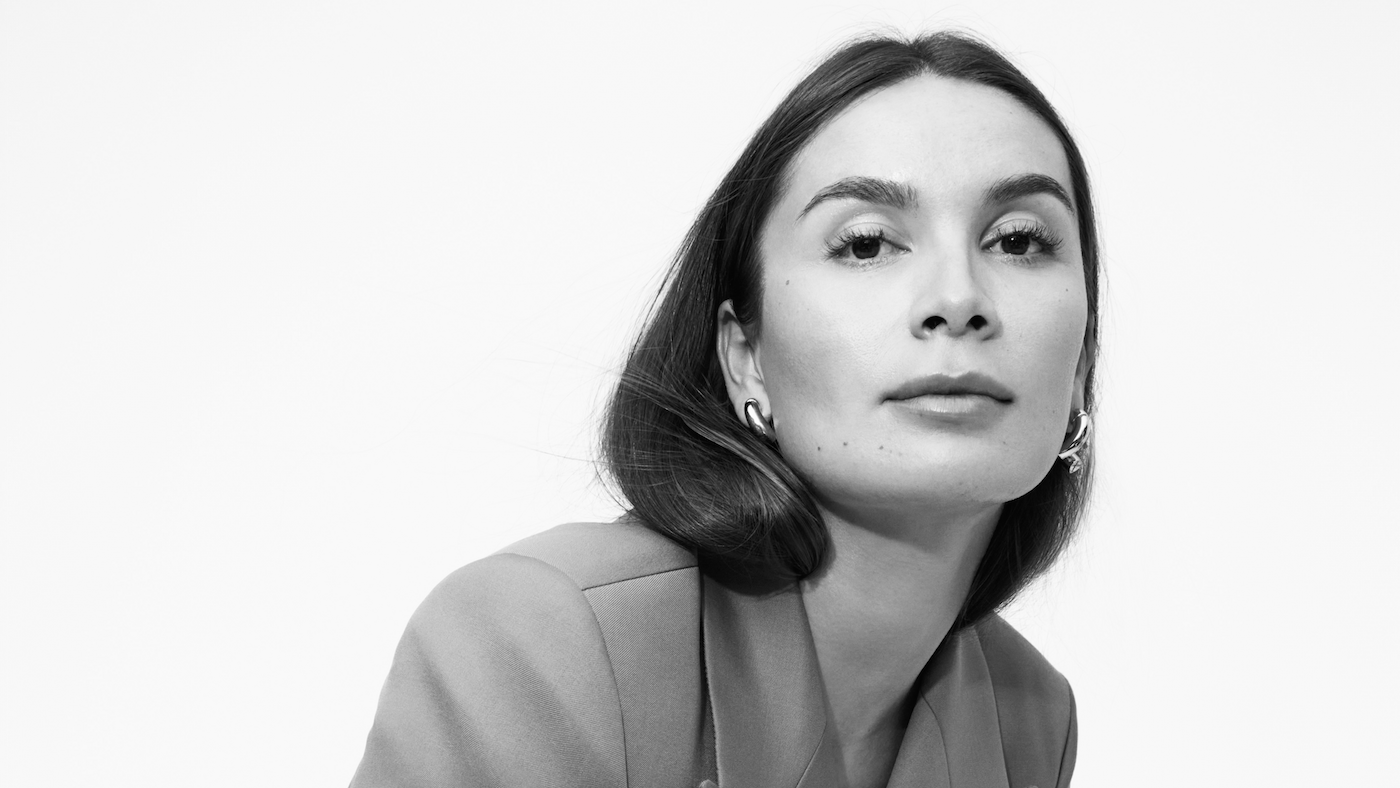 The energising allure of Tabayer jewellery
The energising allure of Tabayer jewelleryfeature Miami-based founder Nigora Tokhtabayeva discusses her talismanic creations
-
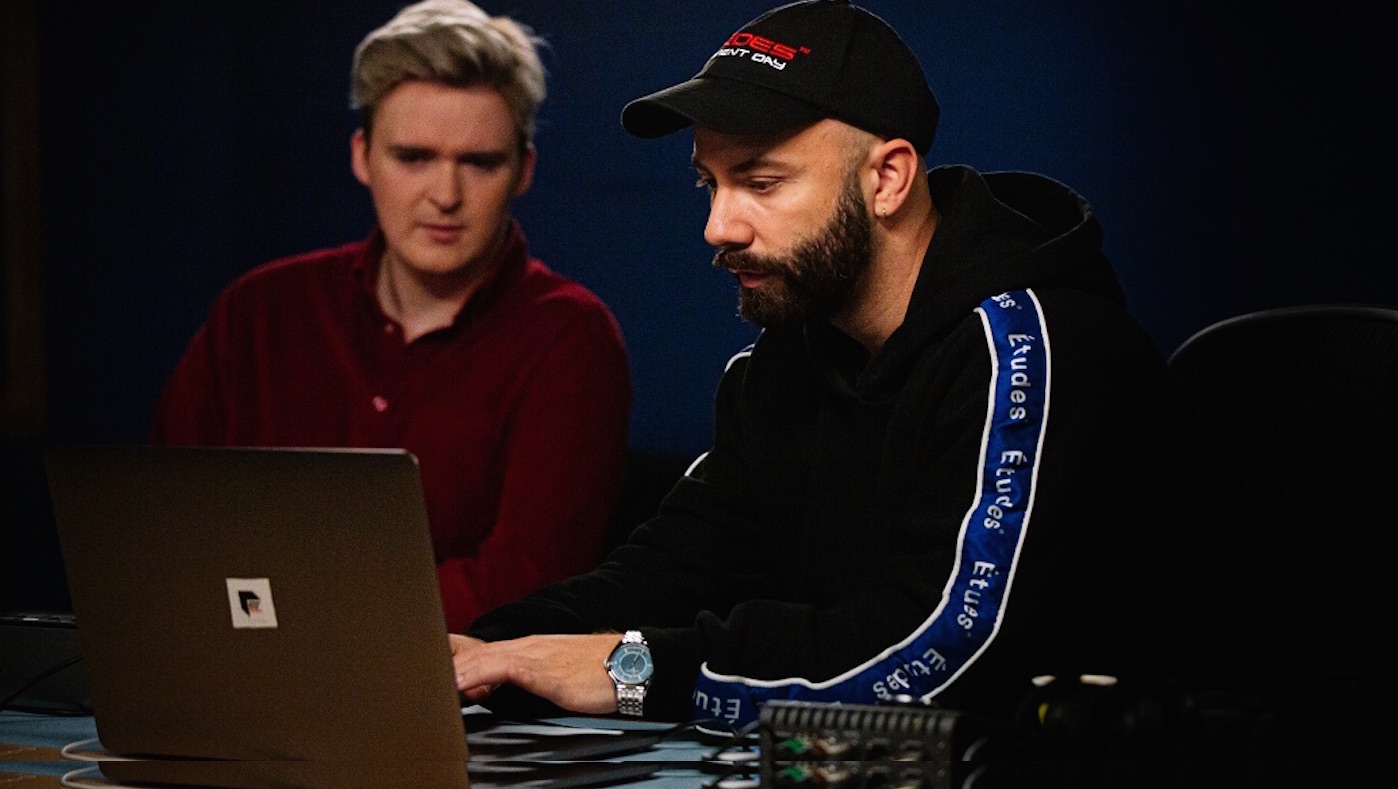 Music for the times: Vacheron Constantin joins forces with Woodkid
Music for the times: Vacheron Constantin joins forces with Woodkidfeature French music star Woodkid talks about a new venture to support young talent
-
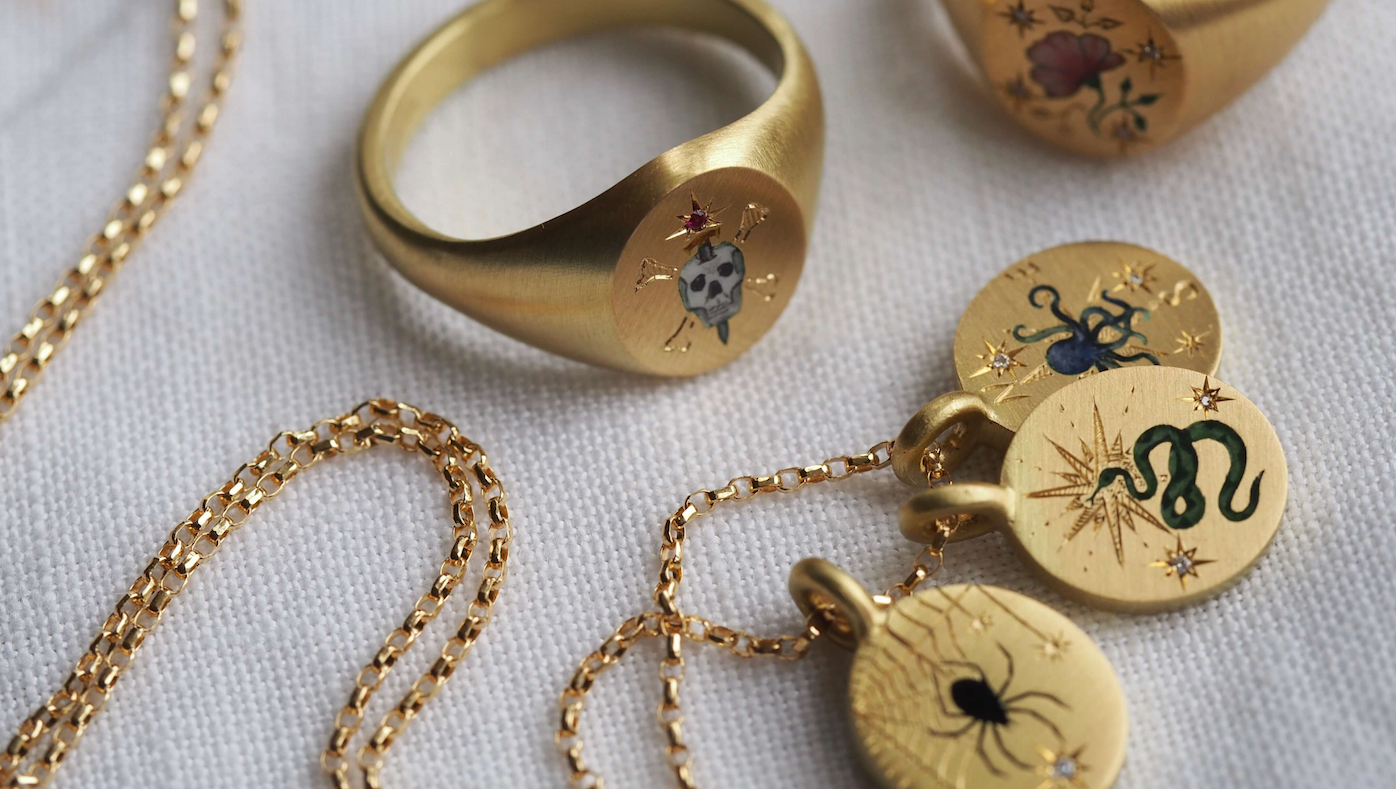 Cece Jewellery: tattoos of a different kind
Cece Jewellery: tattoos of a different kindfeature The 18ct vintage-inspired pieces by British goldsmith, Cece Fein Hughes, are a lesson in symbolism
-
 Jeweller Maria Sole Ferragamo and her soulful SO-LE Studio
Jeweller Maria Sole Ferragamo and her soulful SO-LE Studiofeature Magical designs take shape from unwanted sustainable materials
-
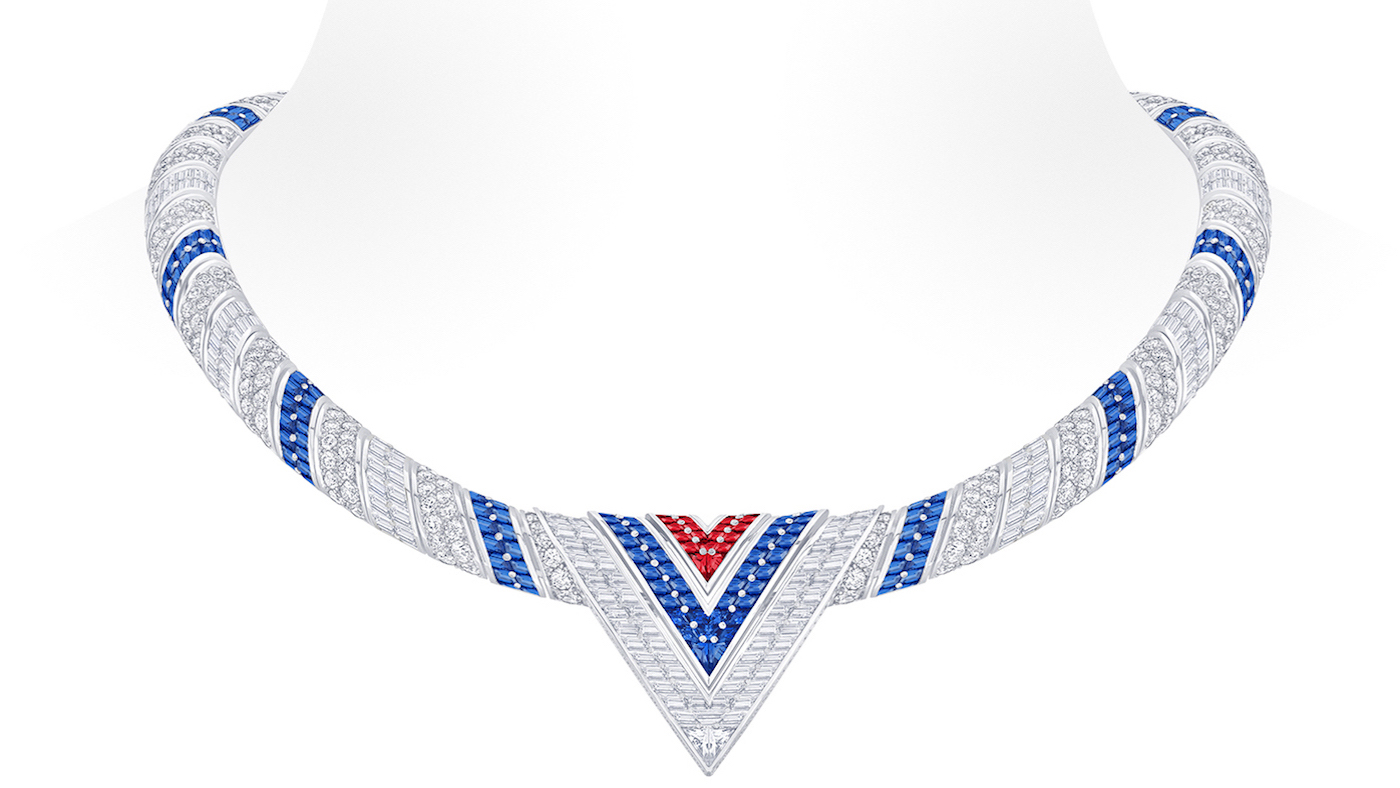 Brave heart: tracing Louis Vuitton’s biography in gems
Brave heart: tracing Louis Vuitton’s biography in gemsfeature Francesca Amfitheatrof explains her latest muse – Louis Vuitton, himself